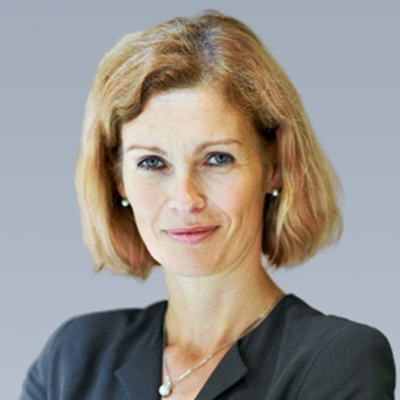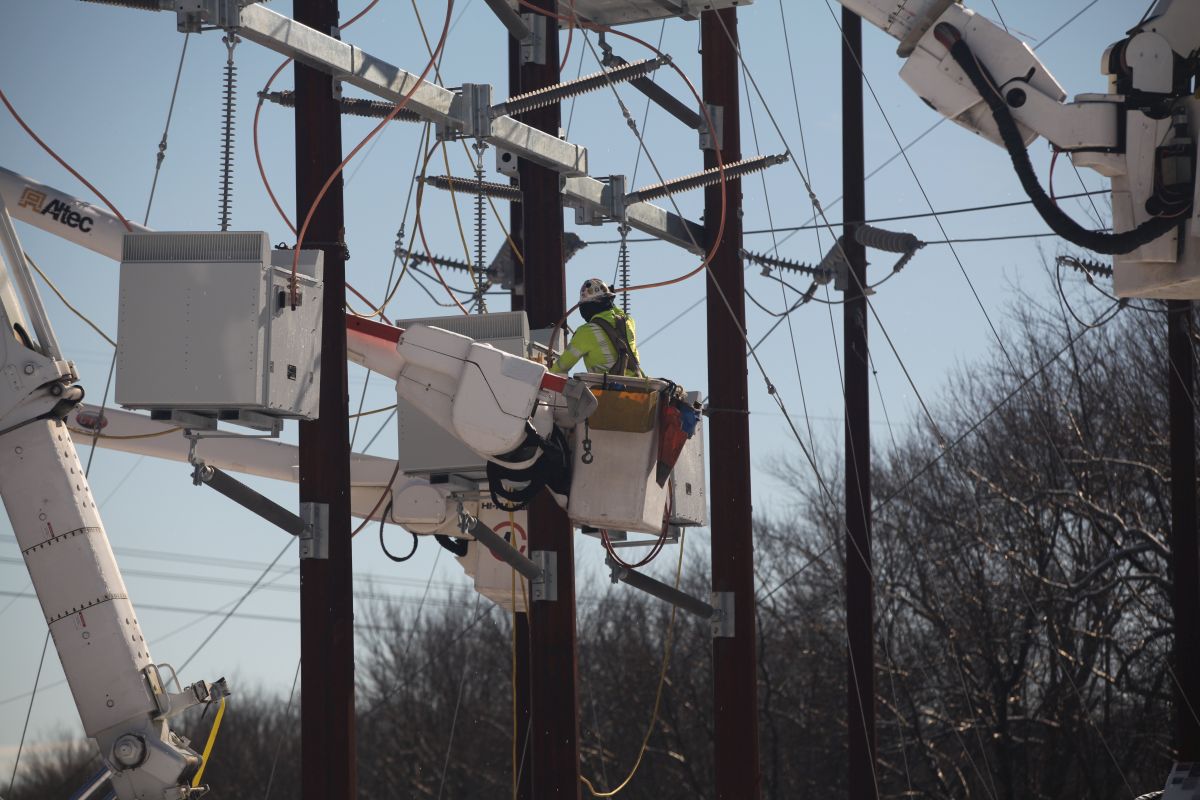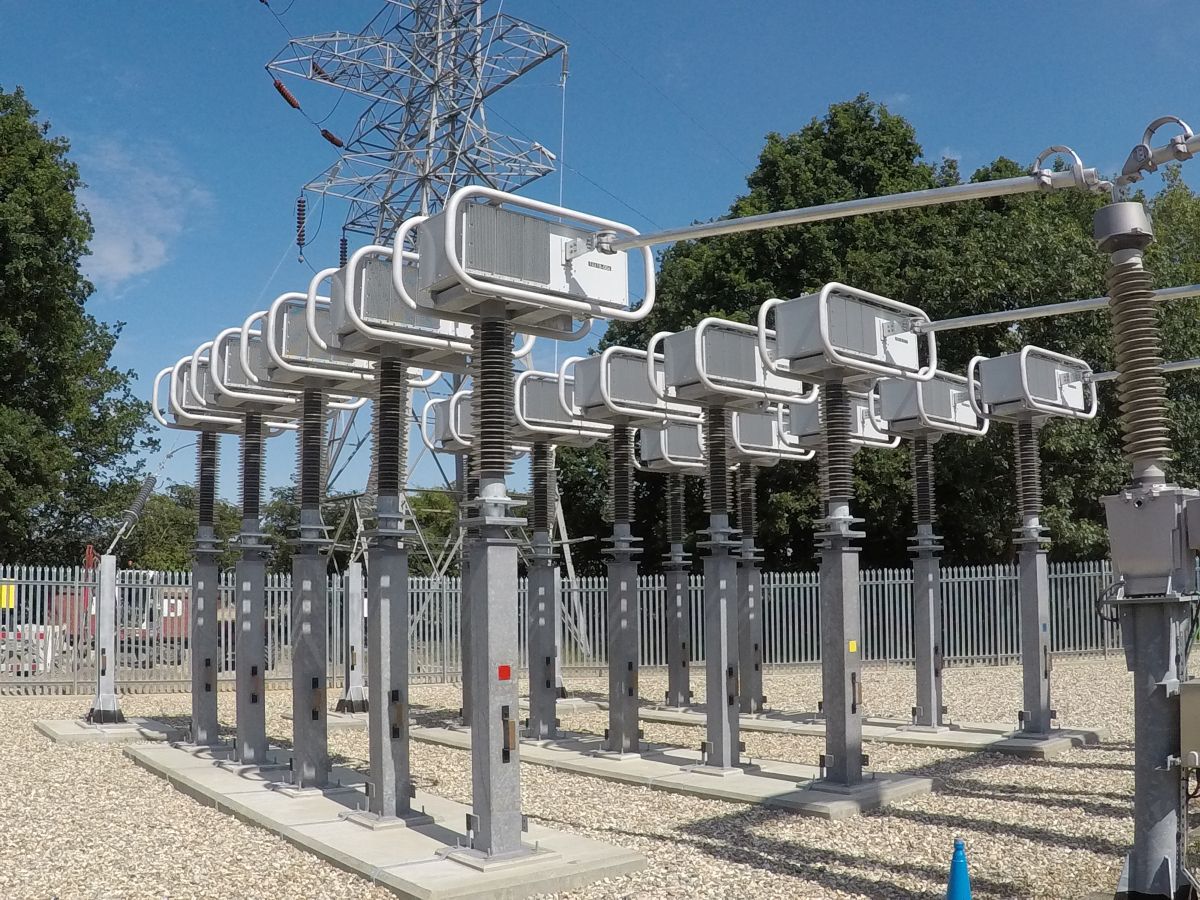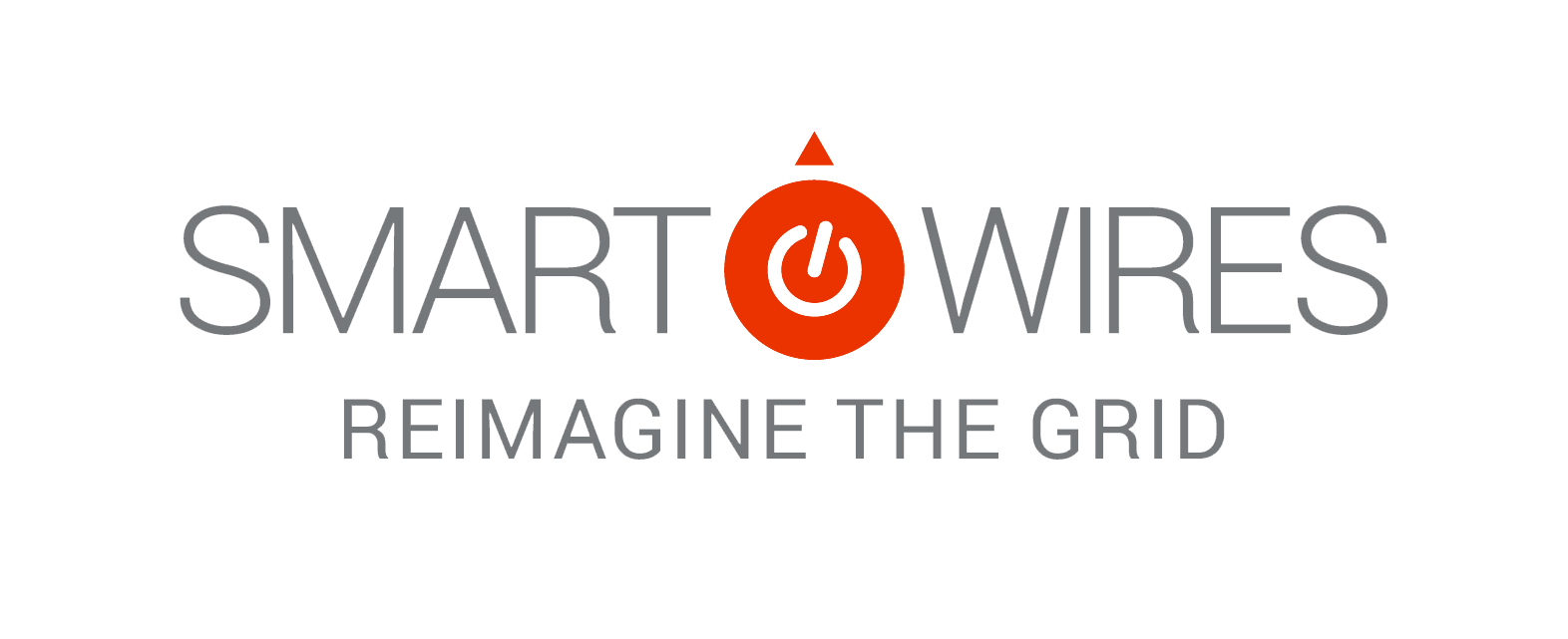30 April 2020
Interview with Susanne Nies, General Manager, Germany with Smart Wires
We sat down with Smart Wires’ Susanne Nies to talk everything from getting on- and offshore wind onto the grid to the ‘Fourth Industrial Revolution’ and the importance of networks in the ‘second phase’ of the energy transition.

Just a few weeks ago, climate change and Green Deal were on top of the agenda. Now we are facing an unprecedented global pandemic. What could this change in focus potentially mean for the energy transition, for wind energy, and for the solutions that Smart Wires is offering?
This change is indeed overwhelming for everyone, everywhere. However, the energy transition and climate change can’t be unpinned from the agenda. While the current crisis brings a huge degree of uncertainty – in terms of its duration and overall economic and social impact – we can already state the following: with the unprecedented deficit spending by governments, related risks of recession and potentially rising taxes, customer bills need to be kept low for the essential service that power is.
For the renewable energy industry, I believe that technologies such as wind and solar that offer climate change mitigation at the lowest cost will continue to thrive. Transmission and Distribution companies will be required to re-examine and possibly reduce their grid investment plans. Any downward pressure on investment costs will see TSOs and DSOs invest more in efficient solutions such as those offered by Smart Wires that maximize the value of existing and new assets.
In the short term, I expect many companies will need to extend the transmission outage season to make up for lost time and will look at our mobile solution as a way of facilitating longer outages.
Can you tell our readers a little about Smart Wires?
Smart Wires is the world’s leader in modular power flow control. Our technology enables grid operators to unlock the large amount of spare capacity that exists on their systems today. This means we can reduce congestion on the grid to connect new renewables and meet demand more quickly, and save customers money. Increasing the use of the existing grid is more cost-effective and less disruptive to communities and the environment than traditional solutions. Smart Wires technology is quick to install and easy to scale or redeploy, providing valuable flexibility given today’s rapidly changing electric system.
We are a global company headquartered in Silicon Valley, California, with a European office in Dublin, and a workforce spread across the Americas, Europe and Australia. We have about 200 enthusiastic team members that are united by the same vision: we want to see the energy transition succeed.
We have deployed solutions from Australia to the United Kingdom, the United States, and continental European countries. For example, National Grid UK (NGET) has contracted with us to proceed with five installations in 2020. These projects are anticipated to increase boundary capabilities by 1.5 GW in total.
You joined Smart Wires quite recently – can you tell us a little about that?
Yes, I myself joined Smart Wires very recently as the General Manager for Germany, with European business development responsibilities. I had followed the company for several years and was impressed by the solutions it offers. I looked a bit deeper into the company late last year and decided to join forces with an outstanding global team to see those promising technologies take the power networks to the next level. What impressed me most is the decentralised and very flexible solution, which matches very well with the needs for flexibility in the energy system: why should solutions remain central and big block type and oversized, while generation has become more small scale, more local? It is difficult to anticipate the future of power systems in every detail, over several decades. That is why flexible and adaptable solutions, are paramount: you don’t need to understand all details of the future, as you can adapt very fast. Big block technologies that can’t be adapted or upgraded can’t compete with such ‘variable’ solutions.
What are the most exciting developments you have seen in the wind industry, throughout your career?
The scale up of wind since the early days of its inception in the 1970s, plus the expansion to sea, are truly impressive. How can one put a turbine in the middle of a stormy sea, ensure maintenance under challenging conditions, and connect it to shore? Here, as in onshore, an open mindset has fuelled step one: early adopters, like the engineers of Vestas in 2002 that invented the first offshore park in the world in Horns, North Sea, or Timm Meyerjuergens from TenneT that dared Alphaventus in 2008: they deserve a round of applause. One might want to add early adopter research institutes like EWIS Fraunhofer.
Today, offshore wind is a Made-in-Europe brand that is exported to other geographies. At Smart Wires we are keen to ensure that this offshore energy reaches customers onshore: our technology can help transport the maximum of energy generated at sea through the onshore grids and further to the customer. Unfortunately, a lot of renewable energy is curtailed today, as the grid and the system are not able to cope with the variable generation when the sun shines a lot, and the wind blows abundantly. Innovation deployment is the conditia sine qua non to keep pace with the upscale of wind. This requires sound regulation as well as a future-proof mind-set.
What changes would you like to see in the wind industry?
The wind industry needs to bring its innovation focus even more to the entire system, and not only to energy production from wind. The first phase of the energy transition has come to an end: it was a phase where new generation technologies, such as wind and solar, had to get a foot in the door of a club of big unsustainable baseload plants. They have succeeded brilliantly, and policy and regulation has helped the push.
What is paramount now, in phase two of the transition, is to look at a system with all its components, and at all the actors with roles that are necessary to enable large scale use of clean energy. The heartbeat of the system is the networks, as in a more overarching way the Fourth Industrial Revolution is network bound. The wind industry must embrace that change and increase the focus on networks and their optimisation opportunities. We need to create new win-wins, where generation, transmission, distribution, and consumption is considered together. We need to recognise that all actors are holding part of the solution: we need to talk about these and integrate them into one. A solution is something that is agreed mutually as an answer to a recognised problem. The answer must provide measurable improvement.
The power system today is desperate to get solutions: why don’t we collaborate faster, better, with industry, regulators, grid operators, citizens’ initiatives, as people that are united by the same vision?

Going forward, what role do you see your company playing in the future development of wind energy?
Smart Wires solutions are crucial to wind power deployment. Our technology enables GWs of additional clean power to flow through the existing network. We can deliver solutions that have minimal impact on communities in under a year and at substantially lower cost than traditional grid projects. This can be an enabler of getting offshore and onshore wind into the system and to the customers that need it. The wind industry has recently embraced an ambitious vision for the expanded use of offshore wind and offshore grids. In Europe, offshore wind gets major attention with the Green Deal, but the growth of onshore deployment is a challenge. I hope greater wind integration will be the priority of the German Council presidency in the second half of 2020.
There is a lot of focus in European power networks development today on the HVDC/AC connections direct to wind generation; but again the problem becomes taking those bulk transfers and absorbing them within the receiving AC network. Smart Wires can achieve this vision and address key technical challenges associated with offshore wind and HVDC/AC connections. Our key product, the SmartValve solution, is a proven technology for managing onshore grid issues and power flows.
I would like to underline the key advantages of the Smart Wires approach: it lowers the cost and reduces the time of integrating offshore grids into the onshore networks. It also means we can integrate offshore wind using the onshore network we have today, rather than undertaking arduous permitting processes to build new lines that disrupt communities and the environment. Complexity is also reduced in projects that have typically layers of uncertainty.
How has WindEurope membership benefited your organisation?
Smart Wires joined WindEurope last year because we saw (and continue to see!) this association as leading in Brussels. Giles Dickson, Malgosia Bartosik and their engaged team provide thought leadership, share data, facts, and are excellent in communication and strategy. They listen and enable their members that they cherish and trust. They develop cutting edge, leading events.
We trust WindEurope to prioritise the second phase of the energy transition, which is about the system, and not about isolated technology – be it wind or otherwise. We are excited to be part of this journey and will be reliable and innovative partners, thinking beyond in everything we do.
If we look ten years ahead, what do you hope to have achieved?
The transmission system will have been reinvented, very much like Telecoms have done it already in the past, and the network optimised in such a way that not one kWh of wind energy is wasted.
I see a world where wind energy together with solar are the key technologies, powering global societies.
In WindEurope we will have worked together to see climate change mitigated in a socially just manner, through the implementation of the ambitious Green Deal, 55% decrease in Greenhouse Gas emissions, and we will also see a competitive and innovative industry across Europe drive the change.



